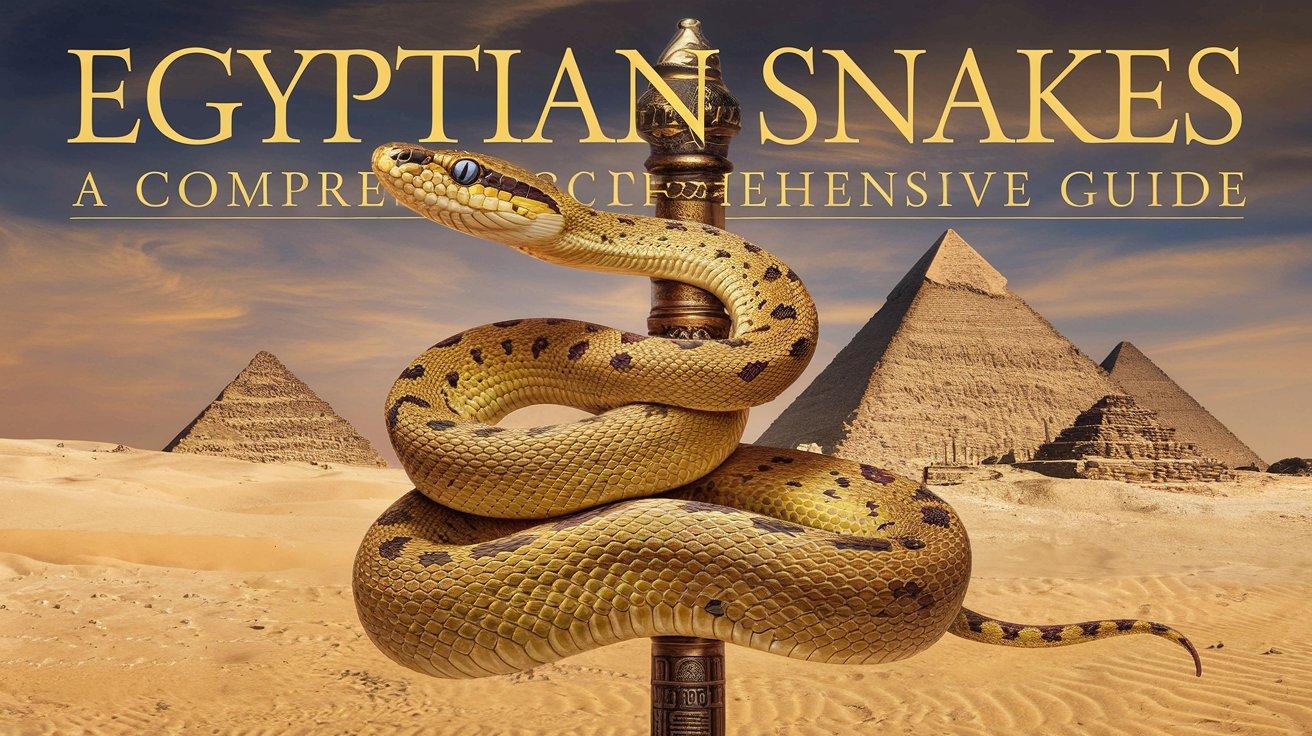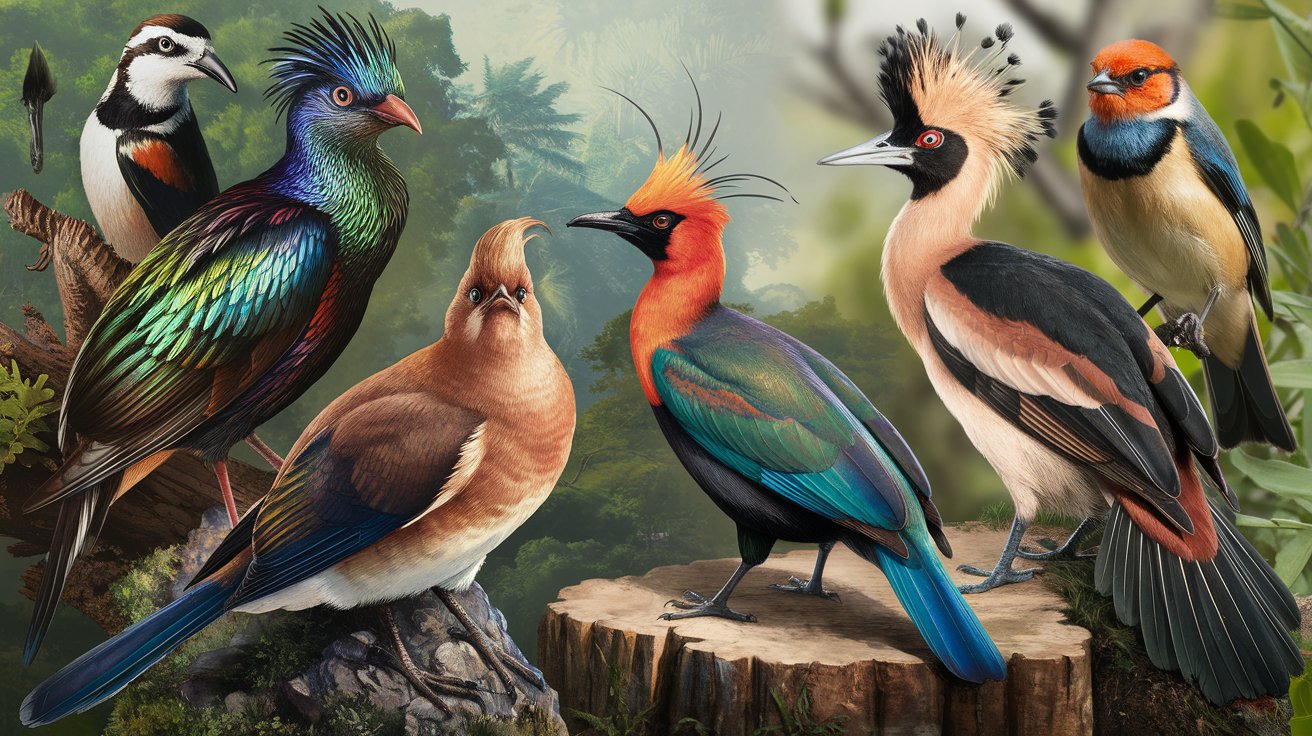Snakes have long been integral to Egypt’s natural and cultural identity. From their prominence in ancient mythology to their vital ecological roles, these fascinating creatures captivate the imagination while maintaining their significance in modern-day Egypt. This article explores the world of Egyptian snakes, shedding light on their species, habitats, and importance in various contexts.
Egypt’s diverse ecosystem, spanning deserts, oases, and river valleys, is home to a wide variety of snakes. These reptiles are essential in maintaining ecological balance by controlling pest populations and contributing to biodiversity. Historically, they have also held a unique position in Egyptian mythology and culture, symbolizing power, protection, and even danger.
Habitat and Distribution of Egyptian Snakes
Egypt’s geographic and climatic diversity of Egypt makes it an ideal habitat for various snake species.
Major Habitats
- Deserts: The vast Sahara is a common home for species like the Saharan Horned Viper, various essential perfectly adapted to the arid environment.
- Nile Delta and River Valleys: This fertile region provides abundant food and water sources for snakes like the Egyptian Cobra.
- Oases and Coastal Regions: These areas support both venomous and non-venomous species due to their moderate conditions.
Impact of Climate
Egypt’s hot and dry climate influences the behavior and distribution of its snakes. Most species are nocturnal, becoming active during cooler evenings to hunt or explore.
Classification of Egyptian Snakes
Snakes in Egypt are broadly categorized into venomous and non-venomous groups.
Venomous Snakes
- The Egyptian Cobra (Naja haje): Known for its iconic hood, this snake is one of the most famous in Egypt.
- Saharan Horned Viper (Cerastes cerastes): Its horn-like scales above the eyes make it easily recognizable.
- Saw-Scaled Viper (Echis pyramidum): Responsible for most snakebite incidents in Egypt due to its proximity to human settlements.
Non-Venomous Snakes
- African Rock Python (Python sebae): One of the largest snakes in Africa, this non-venomous constrictor is rare in Egypt but notable.
- Sand Boa (Eryx colubrinus): Found in sandy areas, this small snake is harmless and helps control rodent populations.
Venomous Snakes in Egypt
The Egyptian Cobra
The Egyptian Cobra is renowned not only for its striking appearance but also for its role in Egyptian history, often depicted in the Uraeus symbol adorning pharaohs’ crowns. This snake can grow up to 8 feet in length and is capable of delivering a highly toxic bite.
Saharan Horned Viper
This species thrives in the deserts of Egypt, camouflaging itself under the sand. Its venom, while potent, is primarily used for hunting rather than defense.
Saw-Scaled Viper
This small but deadly snake is notorious for its aggressive behavior. Its venom can cause severe tissue damage, and timely medical intervention is crucial after a bite.
Non-venomous Snakes in Egypt
Sand Boa
Known for its burrowing habits, the Sand Boa is a non-aggressive species that poses no threat to humans.
African Rock Python
While rare in Egypt, this species has a significant impact where it is found. It kills prey through constriction and is revered for its impressive size and strength.
Spotted Desert Snake
This snake is a quick, agile species that thrives in arid environments. Its diet consists of small rodents and insects, making it a valuable part of the ecosystem.
Snakes in Ancient Egyptian Culture
Snakes were deeply integrated into the spiritual and cultural life of ancient Egypt.
Symbolism
- Protection: The Uraeus symbol, depicting a cobra, was a sign of divine authority and protection for pharaohs.
- Power: Snakes were associated with gods like Wadjet, the serpent goddess who symbolized Lower Egypt.
Mythology
In Egyptian mythology, snakes often represented the duality of life—both protective and destructive forces.
Art and Literature
Snake motifs were frequently used in jewelry, carvings, and hieroglyphics to signify power, fertility, and rebirth.
Ecological Role of Snakes in Egypt
Snakes are indispensable to Egypt’s ecosystem. By preying on rodents and insects, they control populations that could otherwise harm crops and spread diseases. Their role as both predator and prey contributes to the delicate balance of the food chain.
Human-Snake Interactions in Egypt
Traditional Beliefs
Many Egyptians hold traditional beliefs about snakes, viewing them with a mix of fear and reverence. Some rural communities associate snakes with luck or curses.
Challenges in Snake Conservation
Habitat loss due to urbanization and agriculture has put many snake species at risk. Additionally, human fear and persecution of snakes contribute to declining populations.
Snake Bites
While snake bites are not exceedingly common, they can be life-threatening. Immediate medical treatment is critical, and antivenoms are available in many hospitals.
Conservation Efforts for Egyptian Snakes
Organizations and local authorities are working to protect snakes by:
- Establishing protected areas like Wadi El Rayan and other national parks.
- Conducting public awareness campaigns to educate people about the ecological importance of snakes.
- Collaborating with international conservation bodies.
Identifying Snakes in Egypt: A Practical Guide
Distinguishing between venomous and non-venomous snakes is crucial for safety:
- Venomous Traits: Triangular head shape, prominent scales, and distinct patterns.
- Non-Venomous Traits: Rounded heads, smooth scales, and less aggressive behavior.
Using a guidebook or app designed for Egyptian wildlife can assist in identification.
Myths and Misconceptions About Egyptian Snakes
Many misconceptions surround snakes, such as:
- Myth: All snakes are venomous.
Fact: Most snakes in Egypt are harmless to humans. - Myth: Snakes intentionally attack humans.
Fact: Snakes avoid humans and only bite in self-defense.
Snakebite Treatment and First Aid
Symptoms of Venomous Bites
- Intense pain and swelling.
- Nausea, dizziness, and difficulty breathing.
First Aid Dos and Don’ts
- Do: Keep the affected limb immobilized and seek immediate medical attention.
- Don’t: Apply ice or attempt to suck out venom.
Medical Facilities
Major hospitals in Egypt’s cities are equipped to handle snakebite emergencies, with antivenoms available for common species.
Snakes in Egyptian Tourism
Tourists in Egypt may encounter snakes in natural habitats or cultural exhibitions. To ensure safety:
- Stay on designated paths in snake-prone areas.
- Avoid handling or provoking snakes.
- Visit museums and exhibitions showcasing ancient snake symbolism.
Conclusion: Preserving Egypt’s Natural Heritage
Snakes are an integral part of Egypt’s natural and cultural legacy. By understanding their role and addressing threats to their survival, we can ensure that these fascinating reptiles continue to thrive for generations to come.
To read more informative Content Click on Earth Breeze





